How to prune clematis: follow our expert tips and enjoy more flowers
We show you how to prune clematis – from early-flowering varieties to those that flower later in the season

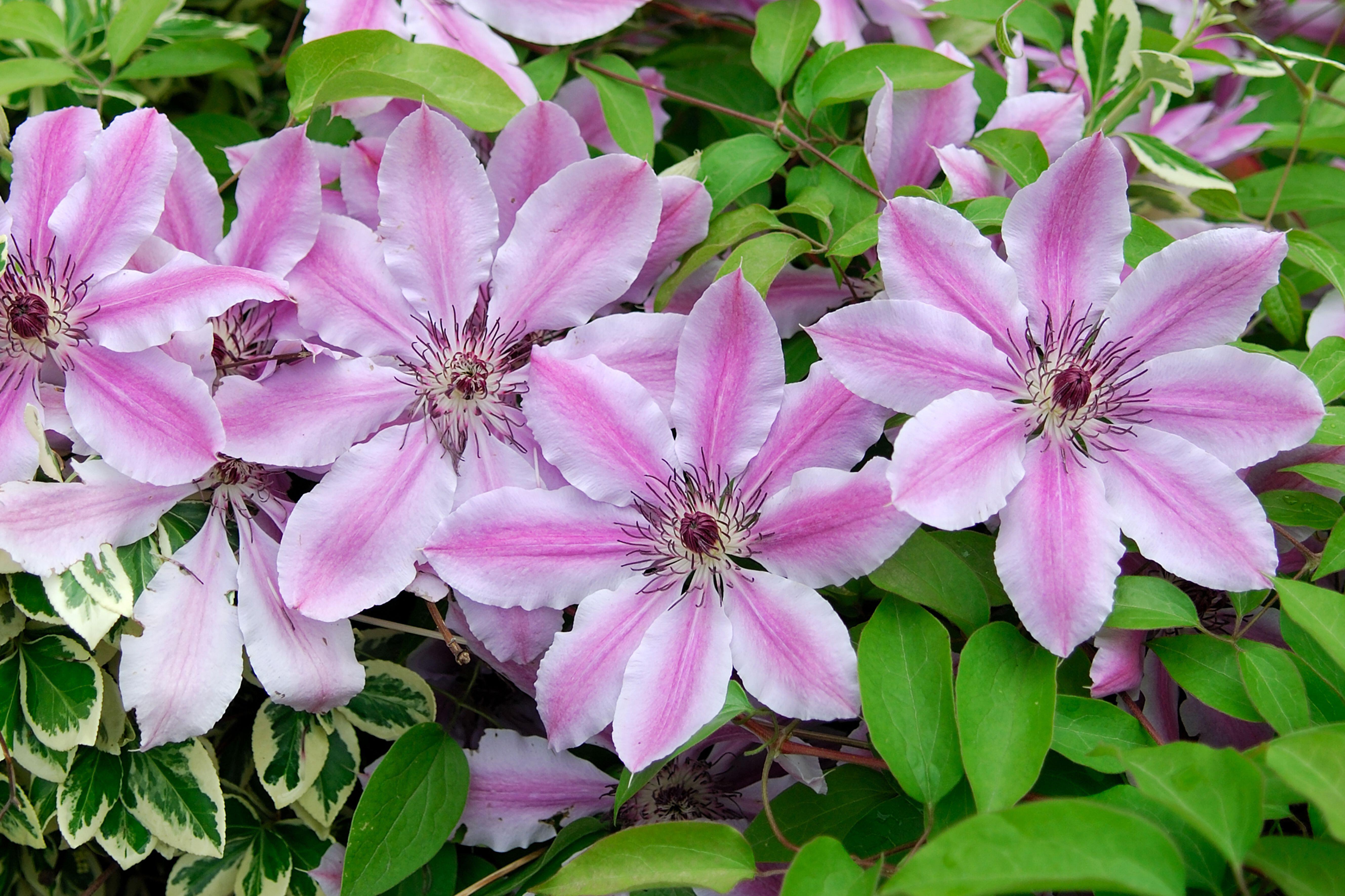
Knowing how to prune clematis is important to keep these popular climbing plants healthy and flowering to their full potential.
If you've already read our guide on how to grow clematis, you'll also want to be up to speed on pruning your plant to ensure it stays looking good for many years to come.
When and how to prune clematis will depend on the variety you're growing in your garden. To make it easy for you to work out when to get out the secateurs and starting pruning, we've listed the main types of clematis along with details on what time of year they require pruning.
Why we need to prune clematis
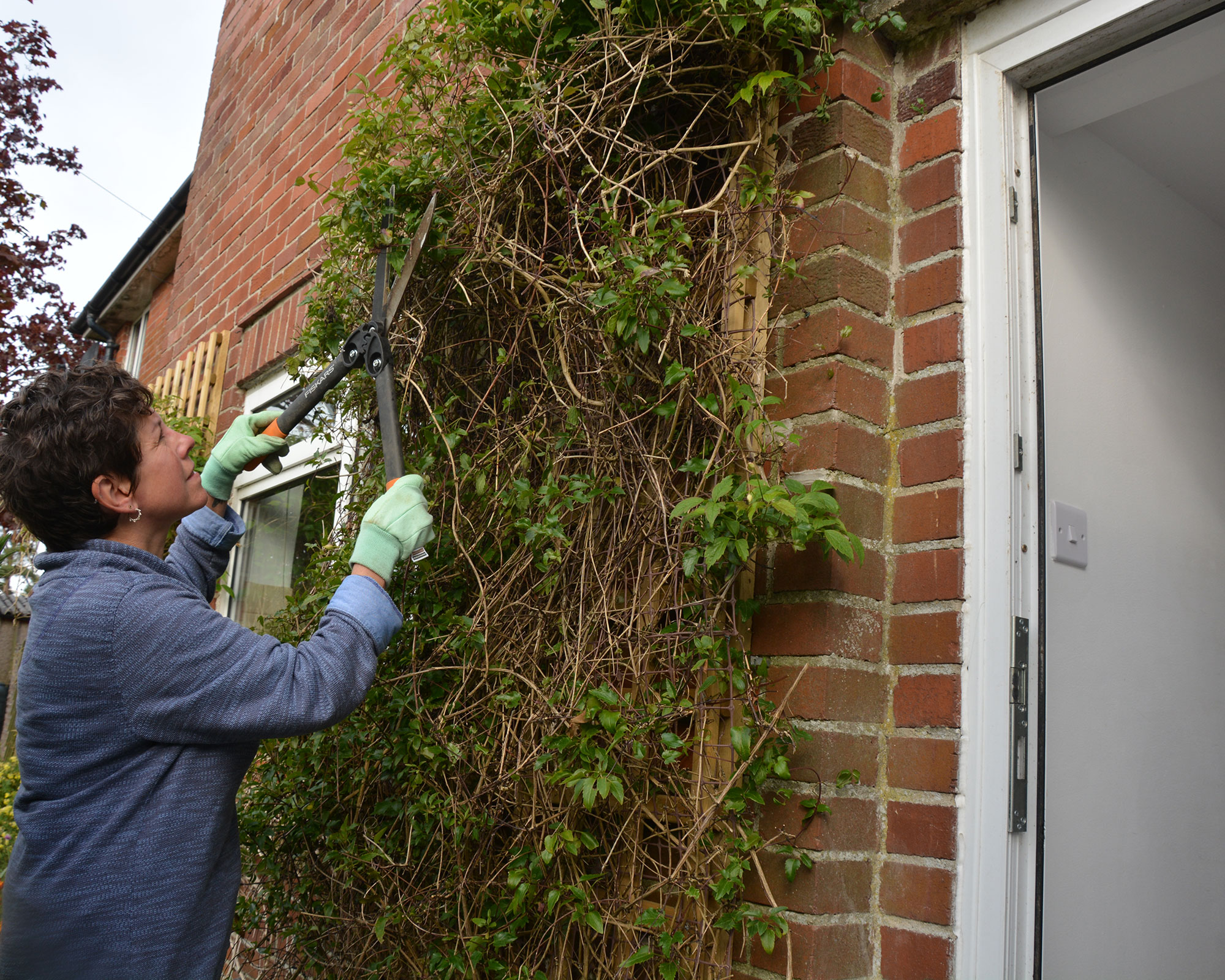
If clematis are left without pruning, they simply grow taller and taller until they are only produce flowers well above eye-level, leaving long and not particularly attractive bare stems.
However, by regular pruning your clematis, followed by feeding, you will keep them productive and in a manageable size and shape.
How to prune young clematis
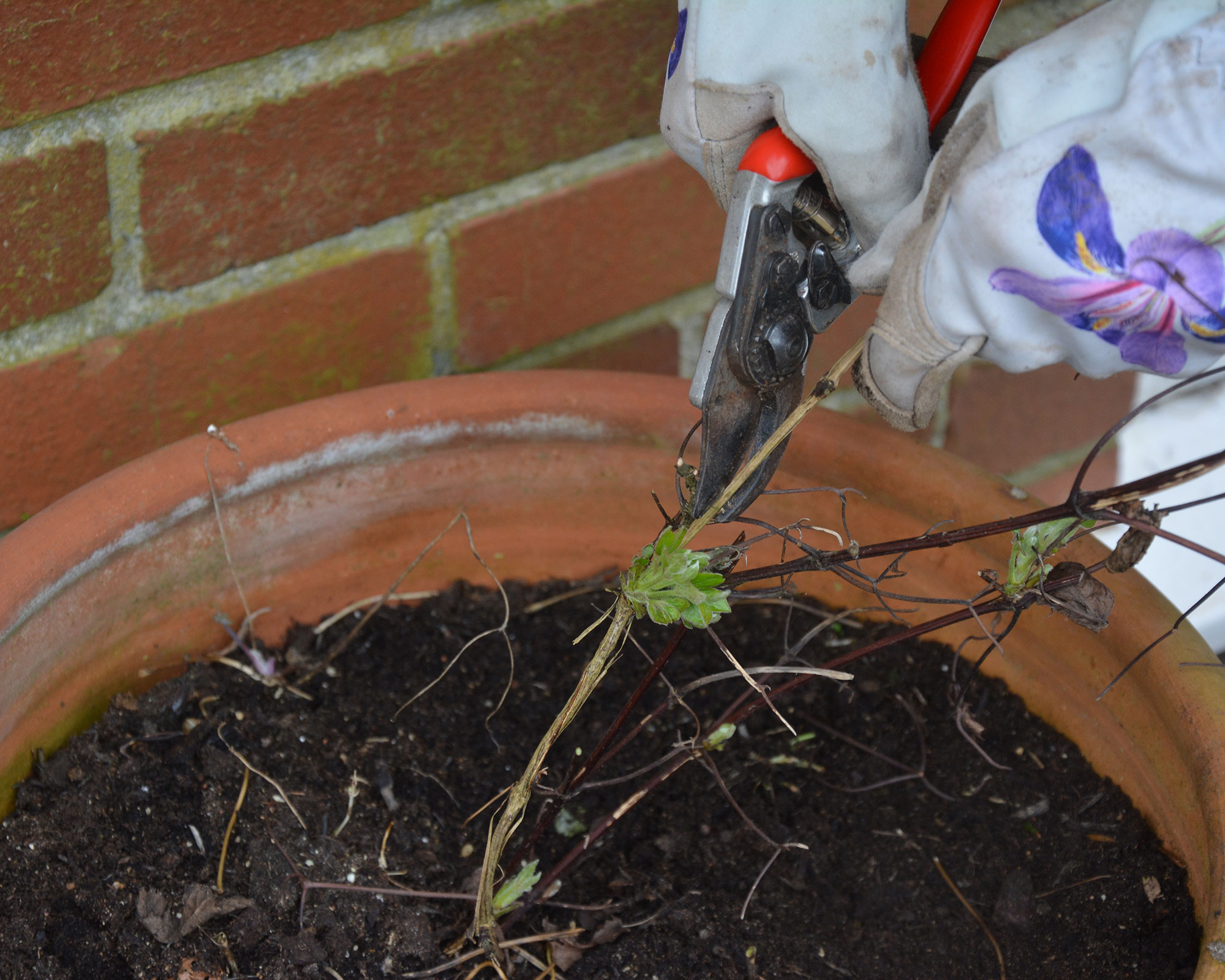
If you planted a clematis this year, or plan to, let them grow and flower and then next spring cut them back to a healthy pair of buds just 1ft (30cm) above the ground.
This will encourage the growth of multiple healthy stems that can be tied to supports as they grow, creating the shape you wish for. Our climbing plant support ideas feature has lots of tips on inspiring ways to do this.
If young plants are left alone to grow their stems will become long and straggly and will only produce flowers at the top.
How to prune clematis
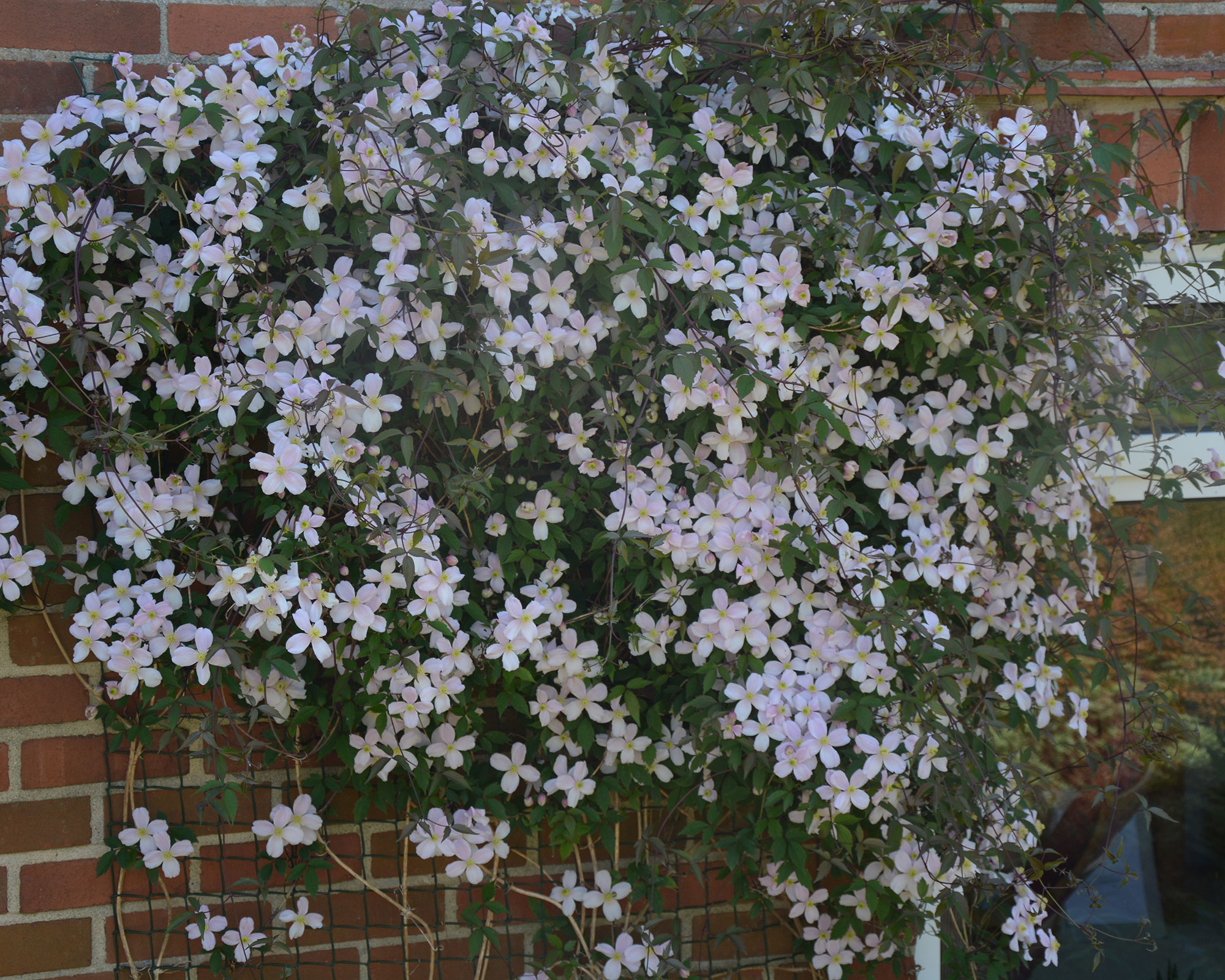
Clematis is one of the best climbing plants for your garden. There are hundreds of varieties of clematis and they can be roughly divided into three main pruning groups (Group 1, Group 2 and Group 3) depending on when they flower during the year.
How to prune clematis: Group 1
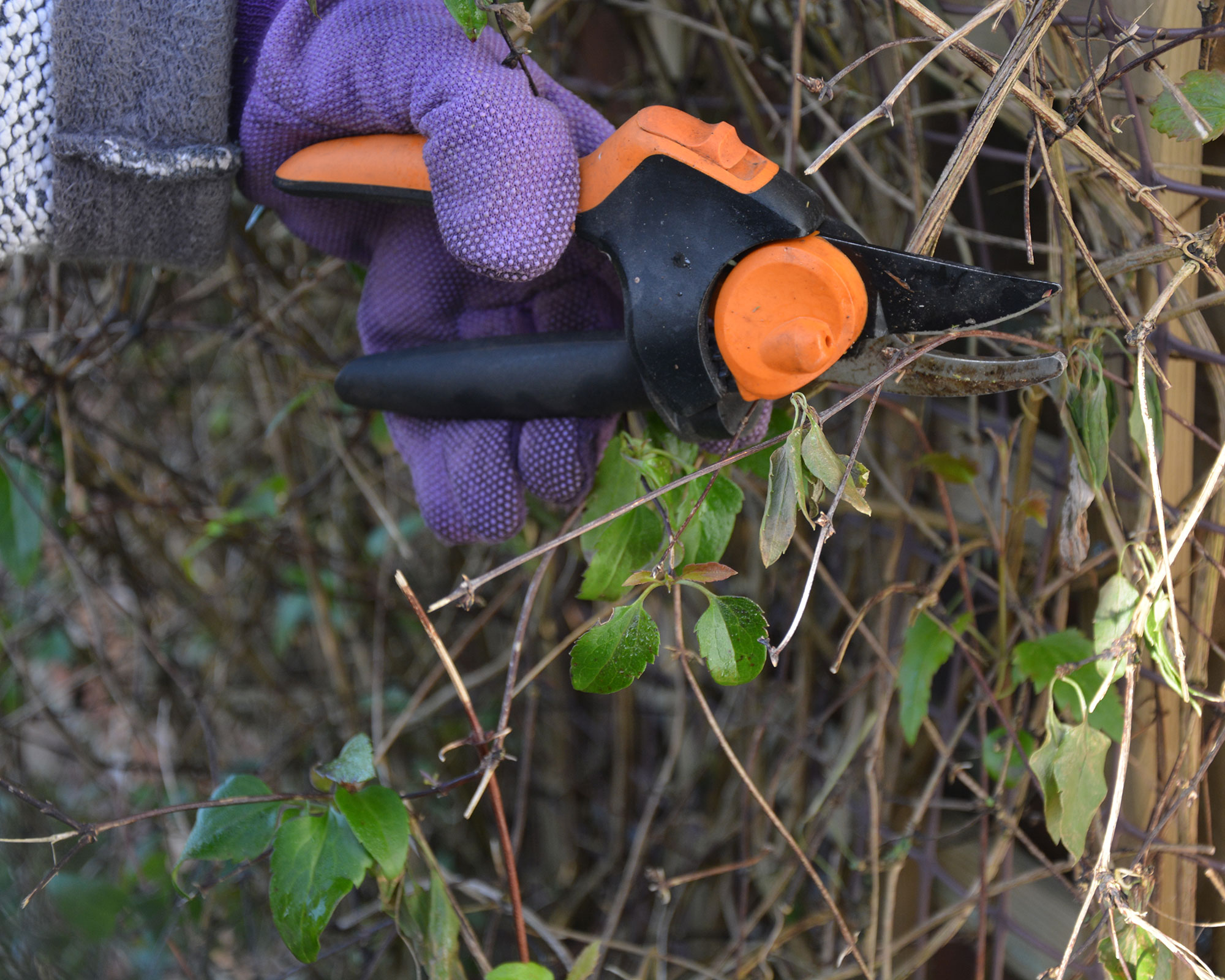
In early spring (February and March) we need to think about pruning winter-flowering clematis and those that bloom early in the year. These are known as ‘Group 1’ clematis and should be given a trim once the threat of frosts has passed. You can find out growing winter clematis in our guide.
Varieties include Clematis armandii, C. cartmanii and C. Cirrosa, which includes the popular variety ‘Freckles’.
Unless you need to cut an overgrown clematis right back in order to regain control of it, pruning Group 1 clematis is a quick and easy task.
- Using sharpened, clean secateurs, remove the dead flower heads and then tidy up any straggling stems to keep the plant in shape. Our guide on the best secateurs will help you find the best tools for the job.
- After pruning clematis, remember to feed them with a granular fertilizer such as Growmore or Vitax Q4 that slowly releases its goodness into the soil over several months.
- Then water the plant and mulch around the roots with well-rotted compost or farmyard manure, which helps the soil retain moisture and adds extra nourishment at the same time. Out guide to mulching has lots more tips on how to do this.
How to prune clematis: Group 2
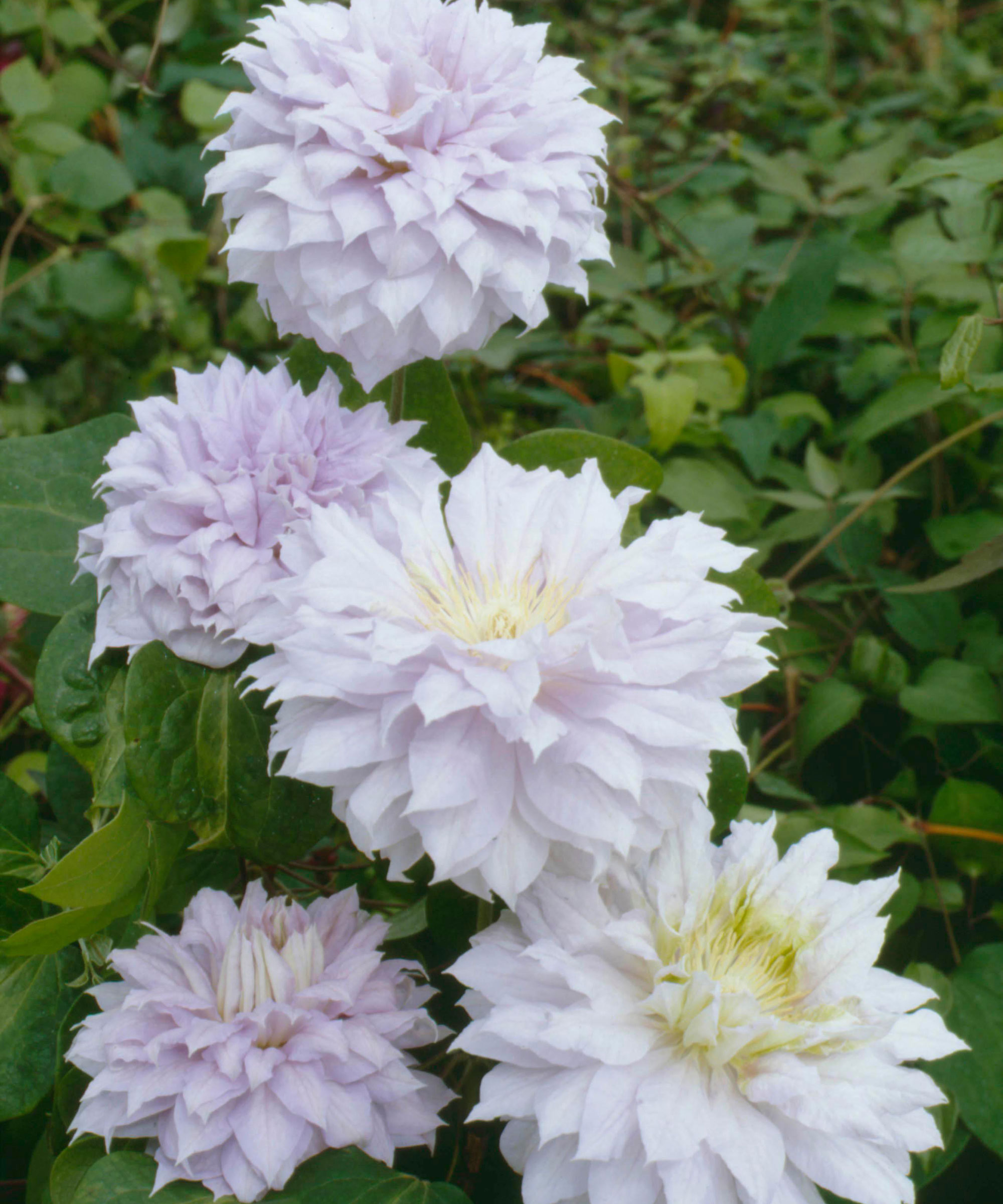
Clematis that flower in May and June are known as Group 2 clematis, and should be pruned in February, cutting back weak and dead stems to a healthy pair of buds. Leave healthy stem alone or risk removing flower bugs.
Plants in this group are large-flowered hybrids and include 'Nelly Moser', 'Snow Queen' and 'Belle of Woking'. They generally flower on short stems of last year's growth and some may have a second flush in autumn after their spring pruning.
To encourage this second flush of flowers, reduce some of the stems to a large bud or strong side shoot below where the plant flowered.
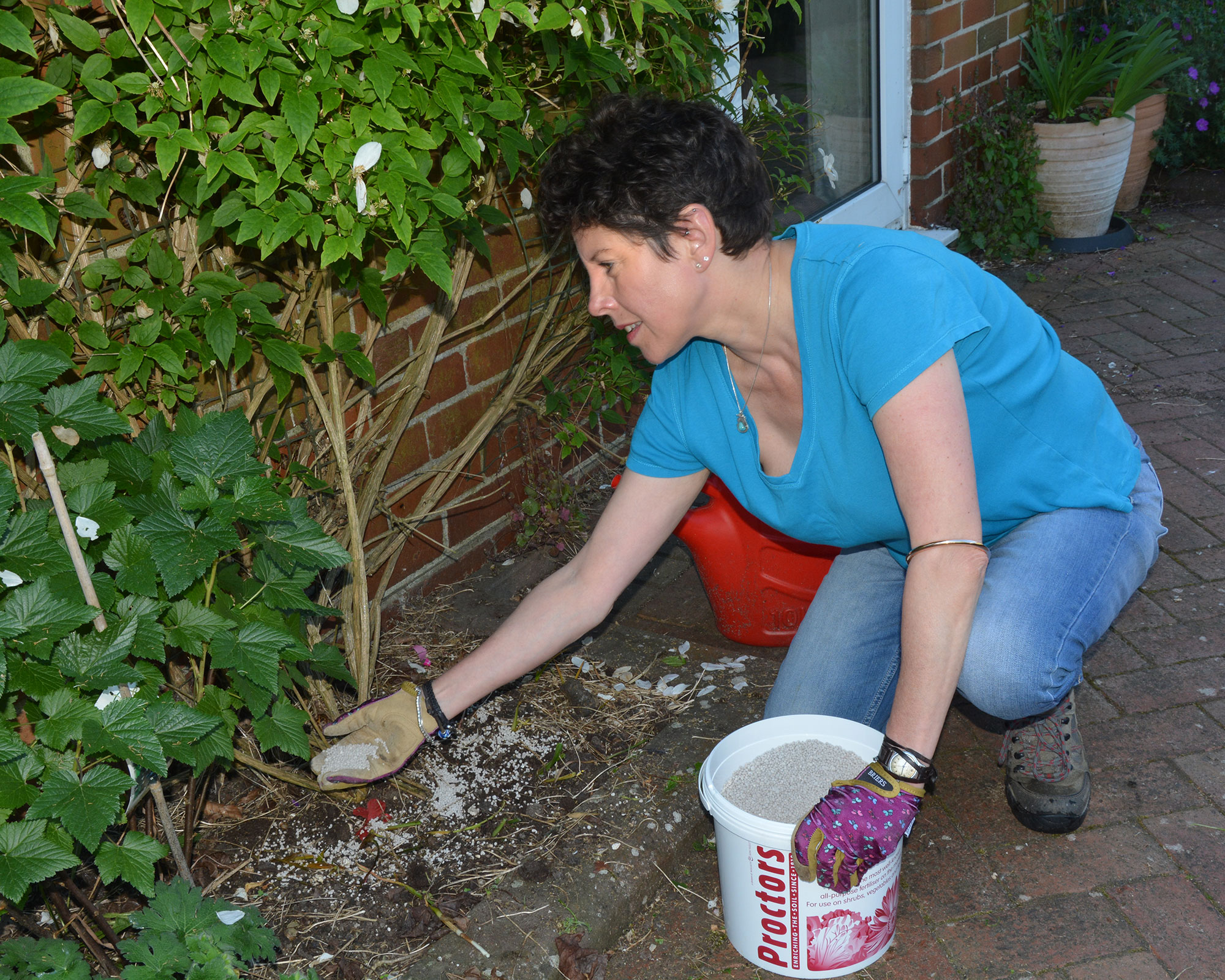
How to prune clematis: Group 3
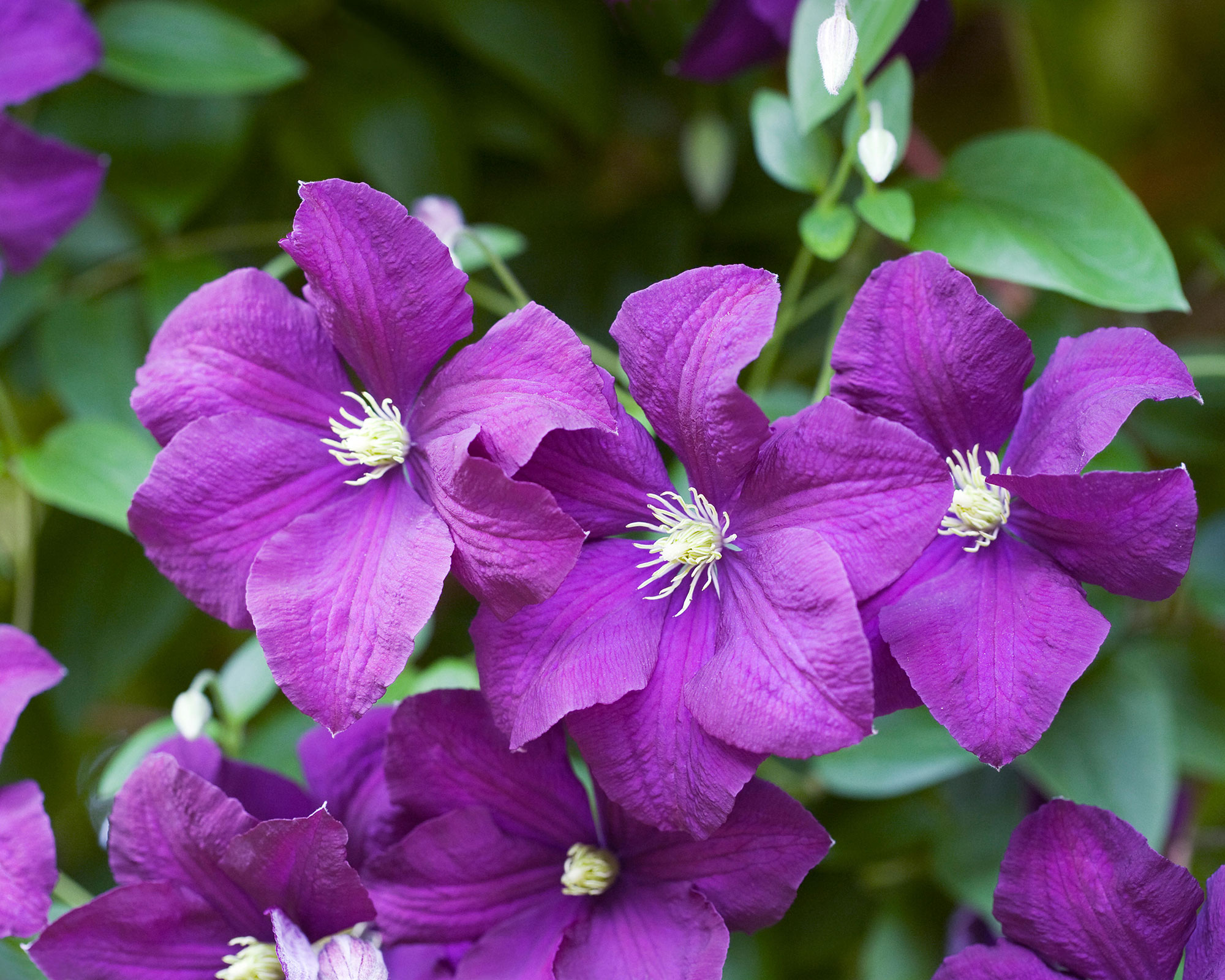
Group 3 clematis are varieties that flower in mid- to late-summer on stems that have grown the current year. They include Clematis viticella, 'Princess Diana', 'Lady Betty Balfour' and 'Etoile Violette'.
In February or March you should cut back the stems to the lowest pair of buds, otherwise they will grow top-heavy with bare stems (though they can be left to climb over a pergola or other structure).
Combined Group 2 and 3 pruning
You can also combine the pruning techniques used for groups 2 and 3, by creating a framework that is left alone to grow while you cut back some stems to the base. This helps encourage flowering through the whole plant.
Want more pruning advice? Head over to our guides on how to prune roses and how to prune hydrangeas for more top tips.
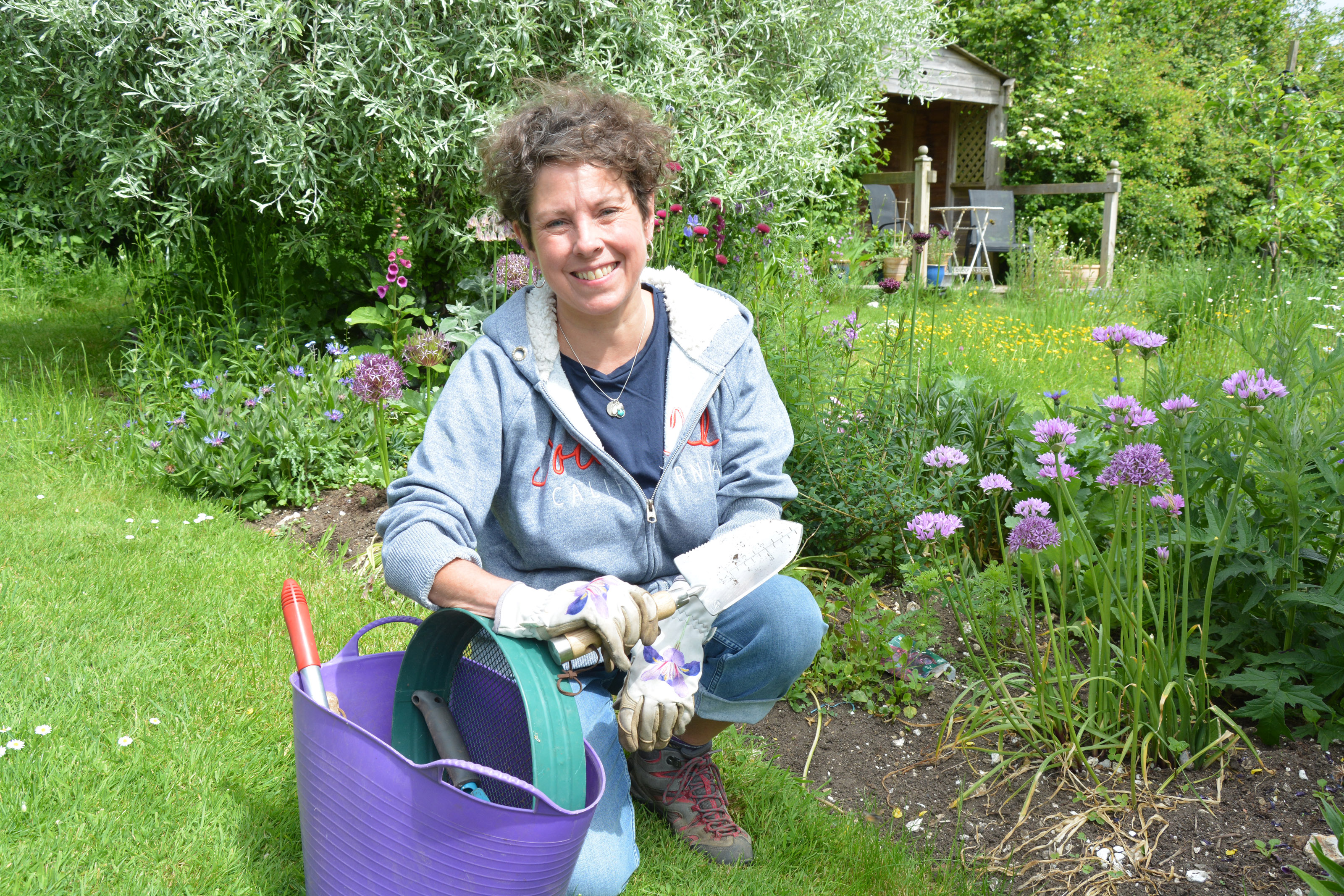
Ruth is the gardening editor of Amateur Gardening magazine and spends her working days carrying out, writing about and photographing the tasks the readers should be carrying out each week, as well as testing many of the new products that arrive on the gardening market. She is horticulturally trained, with a qualification from the Royal Horticultural Society.
